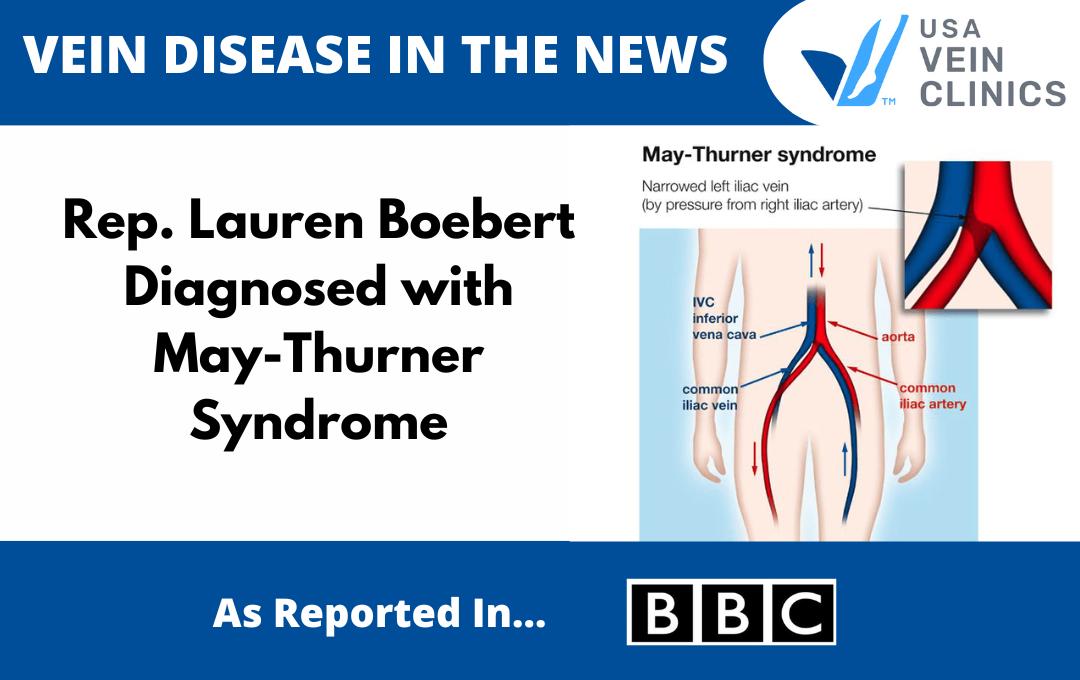
According to a statement from Lauren Boebert’s campaign on April 3, the 37-year-old Congresswoman from Colorado was admitted to the UCHealth Medical Center of the Rockies for “severe swelling in her upper left leg.”
Doctors identified an acute blood clot using a CT scan and subsequently diagnosed Boebert with May-Thurner syndrome. The following day she underwent surgery to remove the clot and insert a stent.
Although it’s unclear what the exact cause of the clot was, Boebert’s team cited “dehydration, travel, and extended periods of sitting” as potential factors.
“After taking time to rest as recommended by doctors, she is expected to make a full recovery with no significant concerns for her long-term health and no hindrance to her ability to perform her duties as a Congresswoman,” the statement said.
May-Thurner syndrome, also known as iliac vein compression syndrome, occurs when the right iliac artery compresses the left iliac vein. This can cause the left leg to swell, along with increasing your risk for deep vein thrombosis. Learn more about this and other blood clots conditions.
May-Thurner Syndrome Risk Factors
Most often, May-Thurner syndrome affects younger women, between the ages of 20 and 40. Pregnancy, as well as long periods of inactivity, can impact your risk of developing MTS.
Unfortunately, MTS does not usually come with warning signs or symptoms. Therefore, you should keep an eye out for unexplained leg swelling, along with other symptoms of DVT.
Risk Factors That Increase Your Risk Of DVT Include:
- Recent surgery or injury: Trauma, surgery, and infection can damage your veins and increase the risk of developing blood clots.
- Blood-clotting disorder: If you or someone in your family has a blood clotting disorder or a history of blood clots, you are at higher risk for future problems.
- Extended stretches of inactivity: Long periods of inactivity, such as air or car travel, can impact blood flow, placing you at increased risk for DVT.
- Smoking: Smoking can affect circulation and blood clotting, increasing the risk of deep vein thrombosis.
- Cancer: Some types of cancer, along with cancer treatments like chemotherapy, can make you more likely to develop blood clots.
- Obesity: Obesity or being overweight can strain your veins, increasing your risk of deep vein thrombosis.
- Pregnancy: Your expanding uterus, along with pregnancy-related weight gain, can increase pressure on veins in your legs, making DVT more likely to occur.
- Age: Although anyone of any age can develop DVT, your risk elevates as you get older.
- Varicose veins: Having varicose veins and other varicosities may elevate your risk for blood clots.
Read the complete article here.
